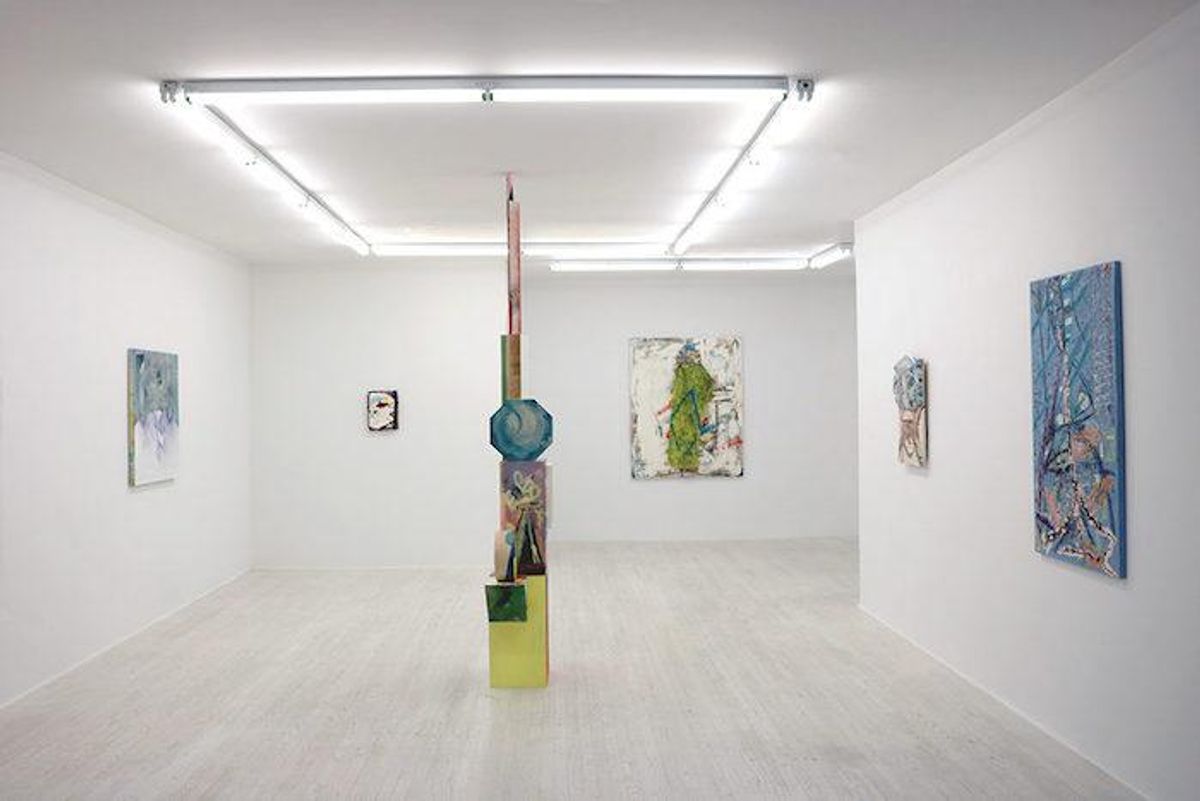A list of galleries representing only white artists is circulating various corners of the Internet via Google Doc to show that, though the art world can be a hub for progressive thinking, the art market still largely represents conservative interests.
Though, when compiled in a list, the number of galleries representing only white artists may seem shocking, remember that being surprised is a privilege. Many have been painfully aware of the ubiquity of these galleries for years.
"It's difficult to navigate the art world as a person of color and especially as black person," queer Brooklyn photographer Parker Bright told OUT after sharing the Google Doc on Facebook. "POC artists should be aware of who they chose to work with. Many of us know how we are perceived in this system."
Related | The New Black Vanguard: Queer People of Color Leading the Revolution
It's hard to gather much concrete data on the document, which lists galleries like 247365 and Anita Rogers. The creators and commentators are all anonymous meaning that a) people are donating their intellectual labor for free, without recognition and b) that it's somewhat difficult to verify the information being dropped into the doc.
"Many people would not say these things publicly or without being anonymous," Bright said. "Call out culture is messy and sometimes that can really damage your reputation. I think at this point artists of color need to continue to create their own collectives and spaces that are actively trying to dismantle white supremacy [and] systematic oppression in the art world."
The doc is editable by anyone and still being edited in real time. After conversation and sub-threads became heated, a secondary document was created for commentary and discussion where one can see a range of opinions on the original page, from those who enthusiastically support to those who adamantly oppose, to those who are confused about the purpose of the document:
"How is it a secret that the art world, a commodity market for luxury items, is populated with hegemonic classes of people (white, male, able-bodied, educated, rich in financial/social/cultural capital)?"
"I find this productive."
"I think this is an art project itself."
Though some doubt the usefulness of the list, it is clear that it has been the catalyst for conversation online which can hopefully contribute to systemic change.
"We already know that the system is super tired and not inclusive," Bright said. "I don't think there is anything wrong with working with or in predominately white galleries [and] spaces as long as you are aware of where you're at. My personal view, and there's no shade to anyone, but as a POC I still have to go through white people for certain opportunities. It's not a 'white glo-up,' that's just where I'm at [...] I do think people should continue to share the list. There is nothing wrong in knowing where you'd like to situate yourself as a POC."

















































































Sexy MAGA: Viral post saying Republicans 'have two daddies now' gets a rise from the right